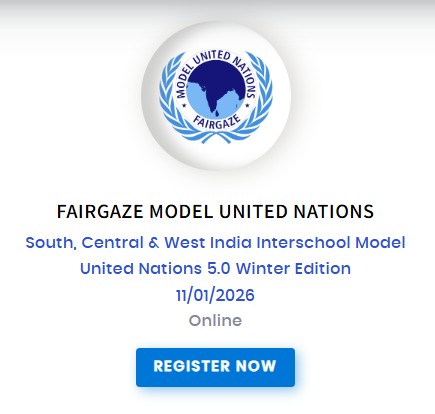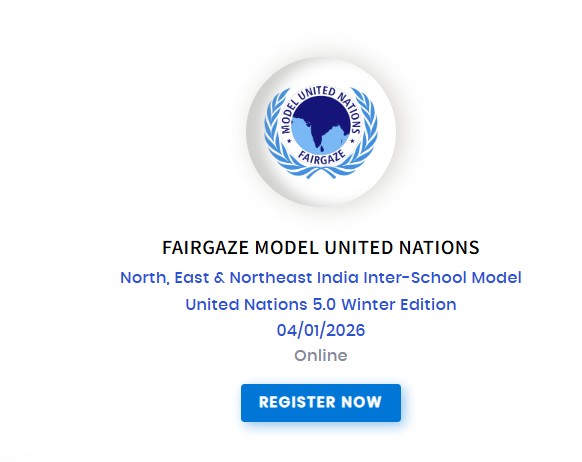
India: Before And After Independence
Editorials News | Aug-14-2025
This August 15, a little fellow asked me the distinction between pre-free and post-autonomous India. The inquiry got me a seen unsuspecting as a person in India before 1947, it resembles somebody asking about the distinction between highly contrasting. Briefly, I handled the response in my mind. Where do I by any chance begin? And afterward, I believed it best regardless of an account from my life as a youngster that features the glaring contrast between Ghulami (bondage) and Azadi (freedom).
It was a work day morning and I planned to school with a companion of mine. We were strolling on the pathway when we saw an open jeep with English authorities coming towards us from the contrary side. The driver appeared to be not in any kind of mood to either stop the vehicle or dismiss it from us. It appeared to be an endeavor to run us over. At the point when the jeep got hazardously close and we understood that they in no way wanted to raise a ruckus around town, we hopped into a channel running along the street. How did we merit this? Indeed, we were wearing clean garments and utilizing the walkway. They simply could have done without two or three Indian youngsters going to class in clean regalia. This, as indicated by them, was an "honor" saved for the English children.
A great many individuals needed to tolerate this direction of the English for taking the littlest of freedoms in their own country. It should be difficult for adolescents to envision yet depend on it, they saw us as their slaves and treated us in like manner. During quiet demonstration fights (satyagraha), individuals, even the older ones, were beaten hardheartedly and frequently put in the slammer. A few of our chiefs, including Bhagat Singh, Shivaram Rajguru, Sukhdev Thapar, Mangal Pandey, and others were hanged to death. It took a ton of incredible penances for India to accomplish it for quite some time drawn opportunity to fight.
Also Read: 10 Interesting Facts About Indian Independence Day
I strikingly recollect the day we accomplished autonomy. On August 15, 1947, I was in Delhi. My senior sibling, who was in the Military, was conveyed there. His father by marriage was additionally posted in Delhi Cantt. We some way or another figured out how to orchestrate a tactical vehicle and wandered all over Delhi, which was illuminated with brilliant varieties. Individuals were celebrating in the city with the tricolor in their grasp and raising the motto of Bharat Mata ki Jai. We likewise passed by the India Door and Parliament House where our most memorable Top state leader, Pandit Jawaharlal Nehru, was giving his renowned "India's tryst with fate" discourse. Portraying in words the opinion among individuals on that radiant day is hard.
Today, as a free country, individuals have privileges and freedoms and our Constitution gives us the option to experience how we need to. All residents are equivalent and we as a whole partake in a similar opportunity. It's nothing similar to Pre-Free India.
Related News
-
Nepal's Hydropower Projects
-
Improving Education in Nepal
-
Women's Empowerment in Nepal
-
Nepal's Agricultural Development
-
Advances in Russian Neuroscience: New Hope for Patients
-
Russian Scientists Discover New Gene Therapy Techniques
-
Russia's Biomedical Industry: Growing Innovations
-
History of Indigo Plantation in Colonial India
-
Diwali: Festival Of Lights Not Crackers
-
Impact of Social Media on the Culture
Most popular news
- The Law Of Equivalent Exchange
- Essay On Issues And Challenges Of Rural Development In India
- Srinivasa Ramanujan And His Inventions
- The Youth Is The Hope Of Our Future!
- Poverty In India: Facts, Causes, Effects And Solutions
- Top 20 Outdoor Games In India
- Festivals Of India: Unity In Diversity
- Role Of Women In Society
- The Impact Of Peer Pressure On Students' Academic Performance
- Books As Companion




